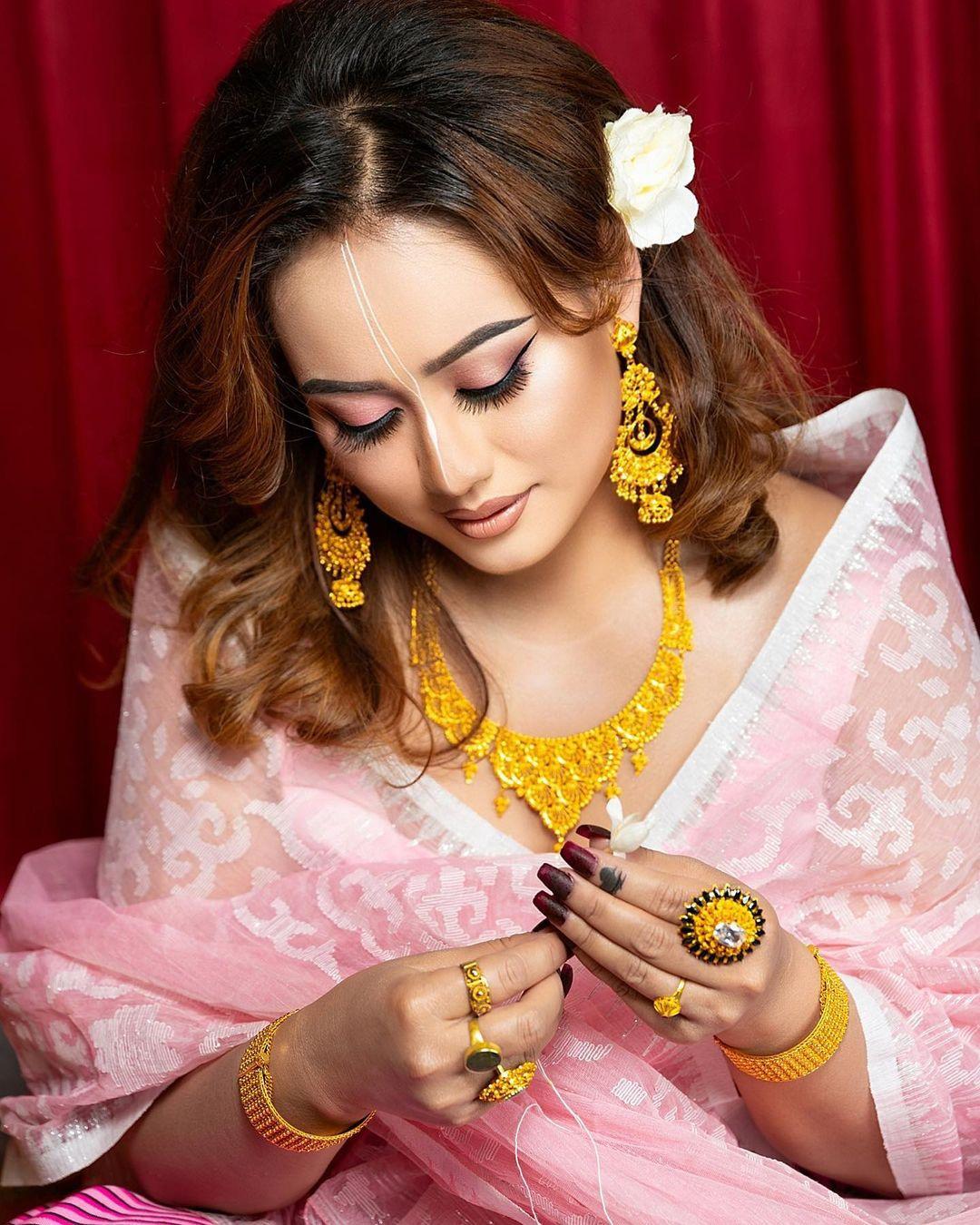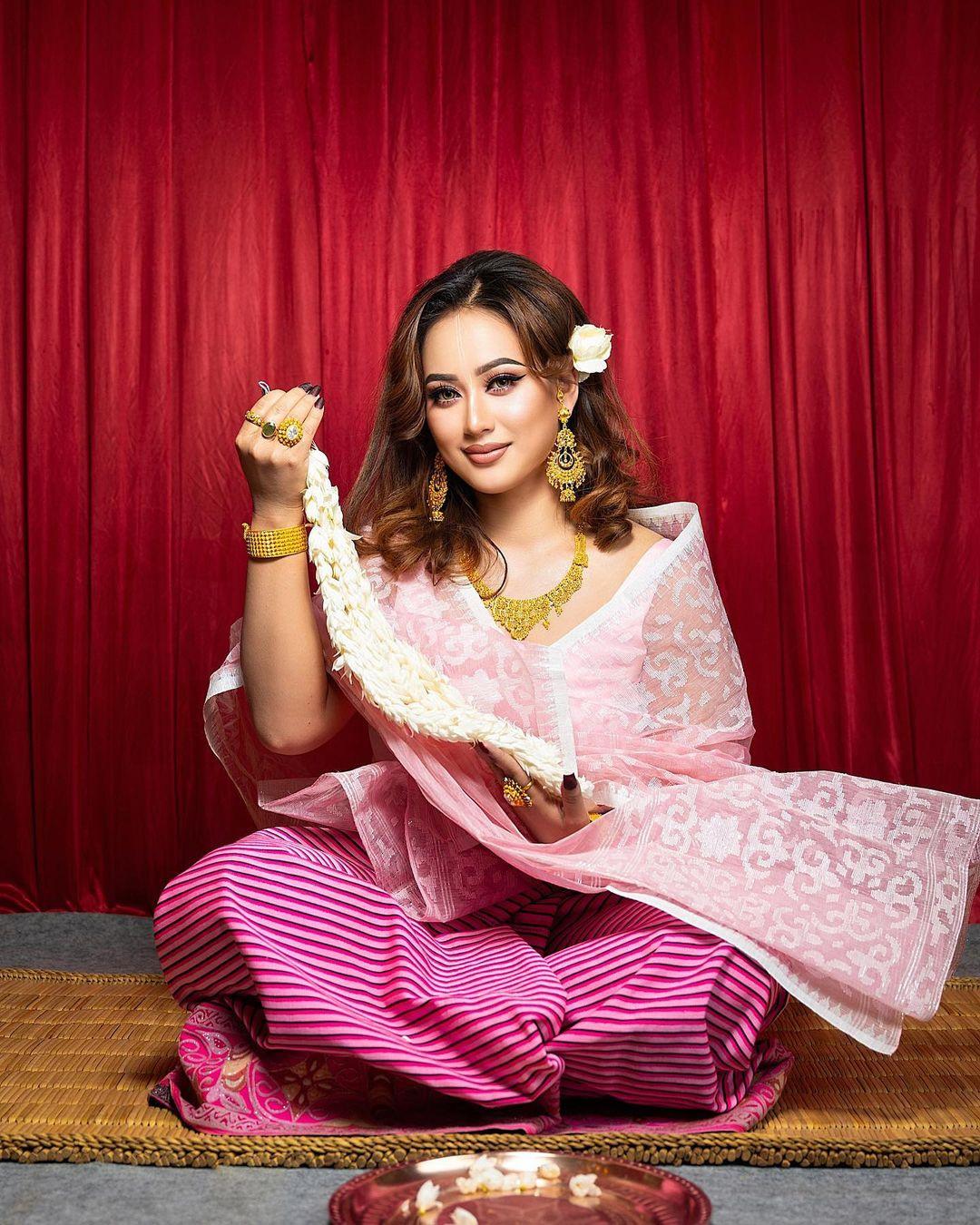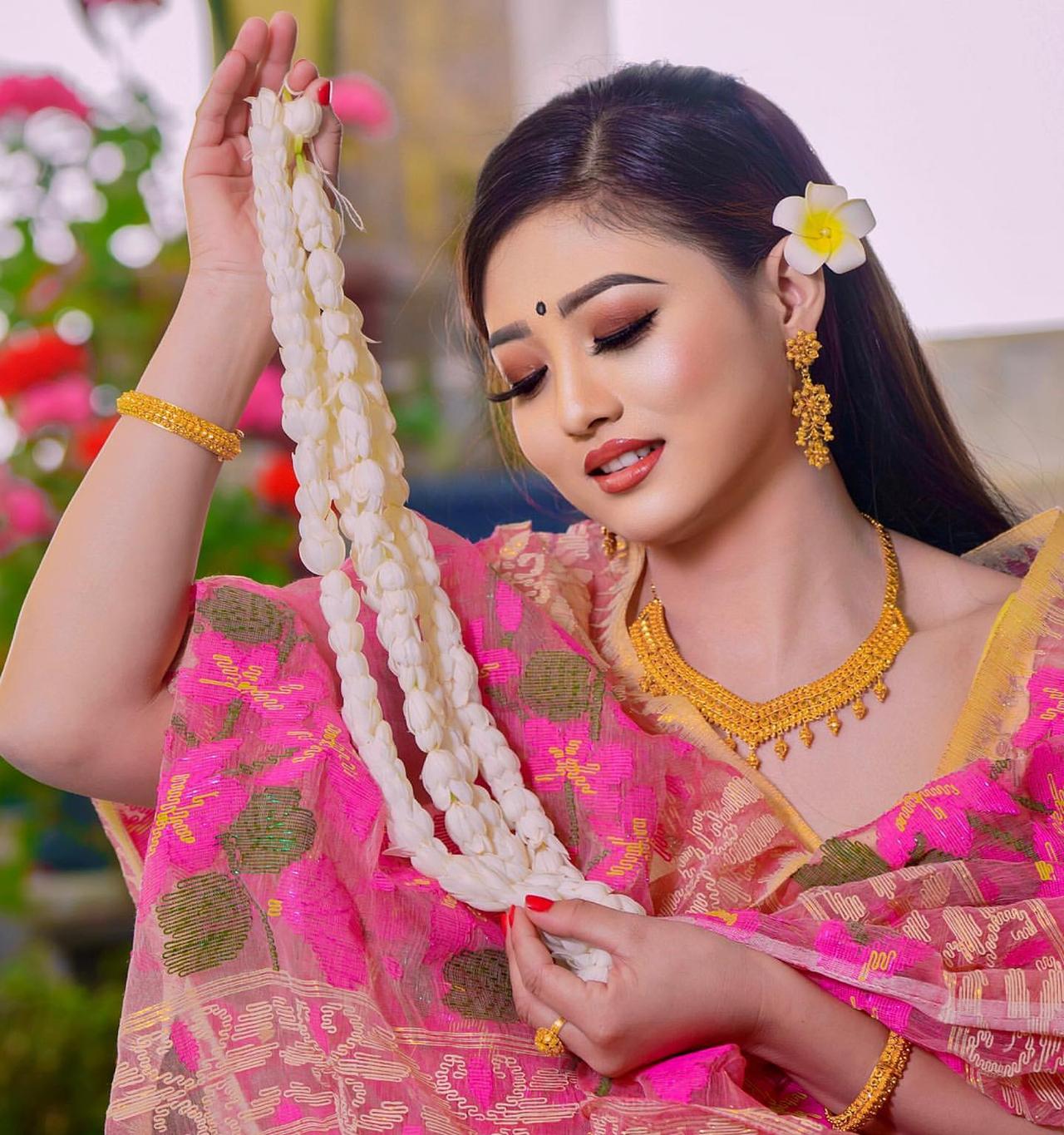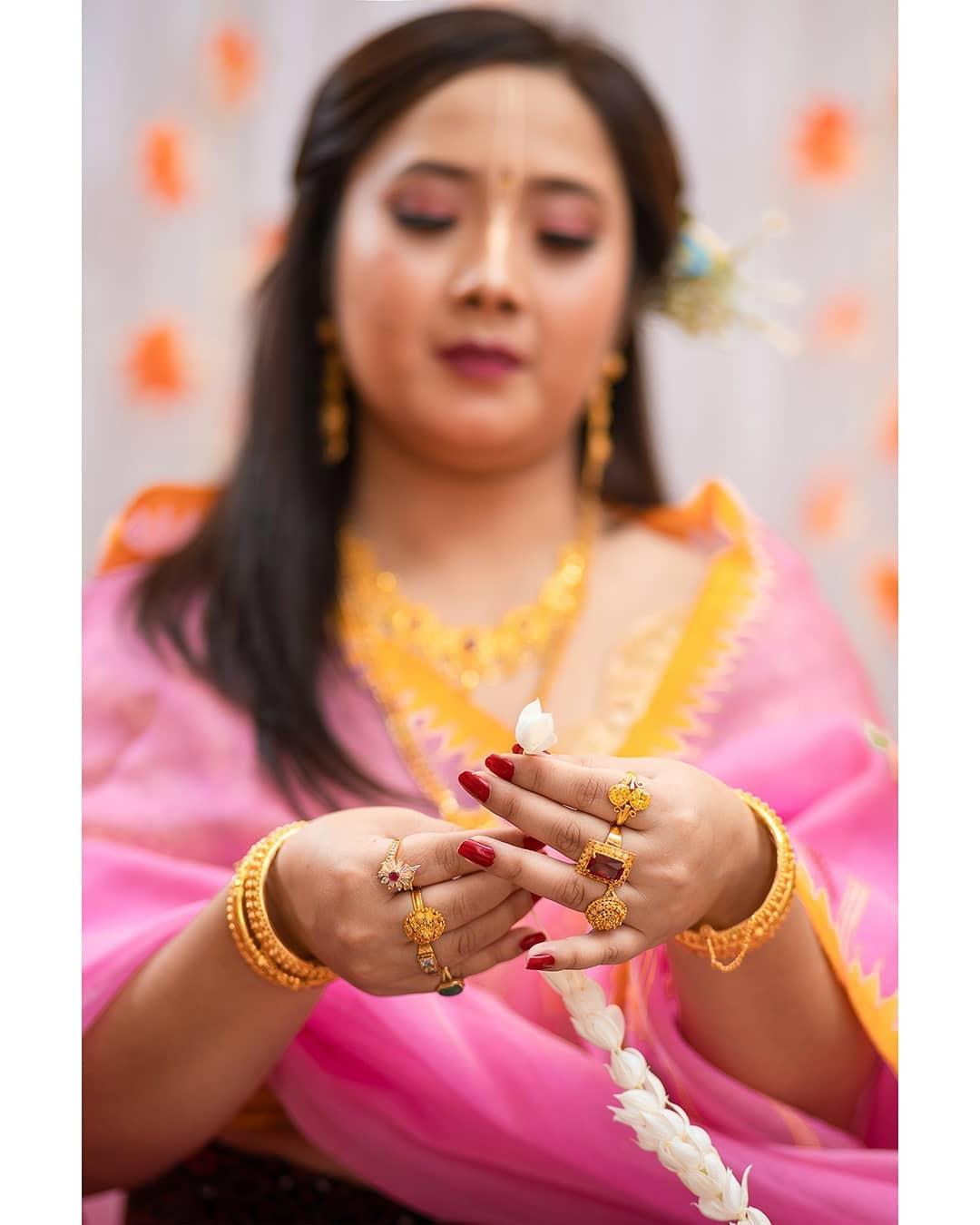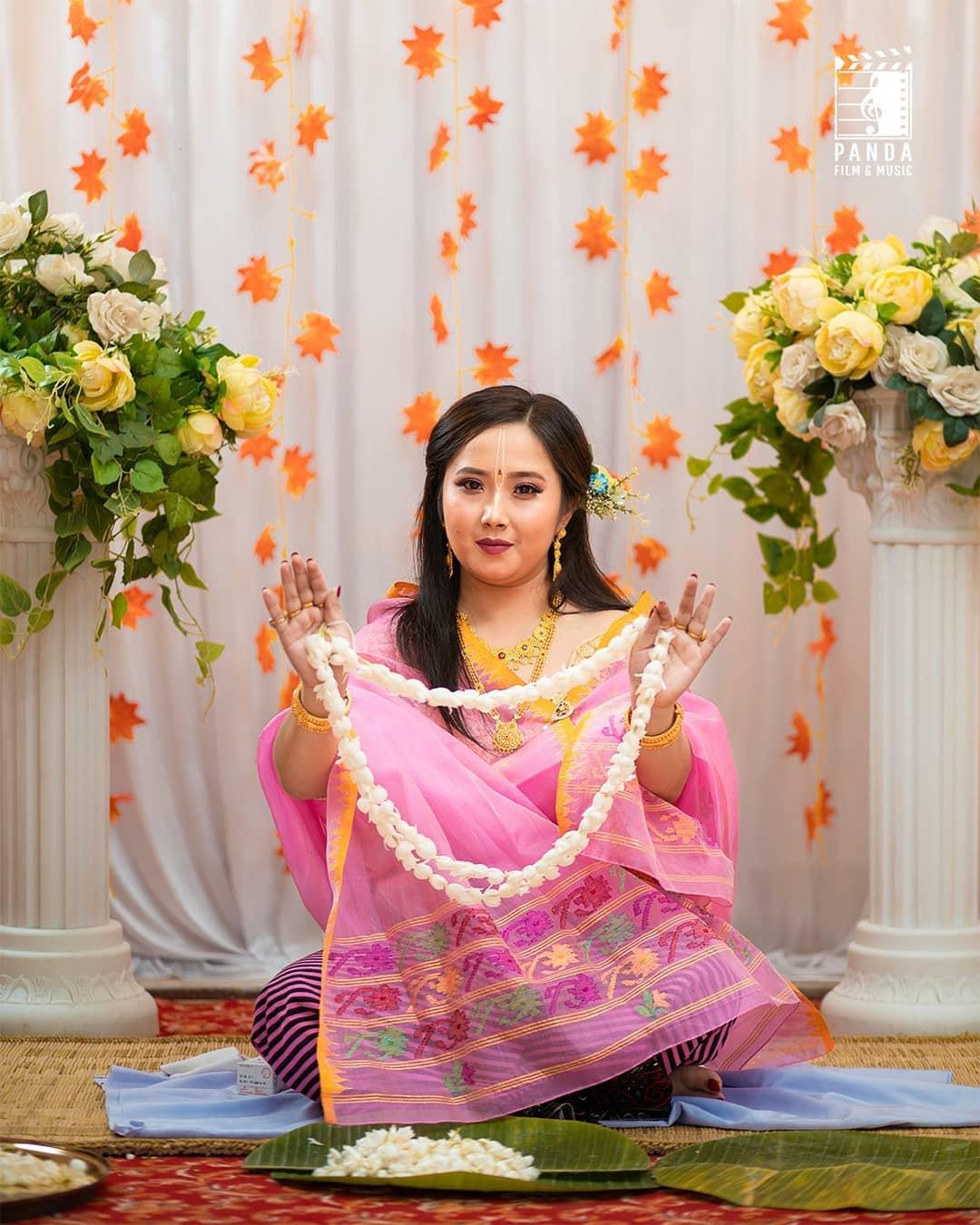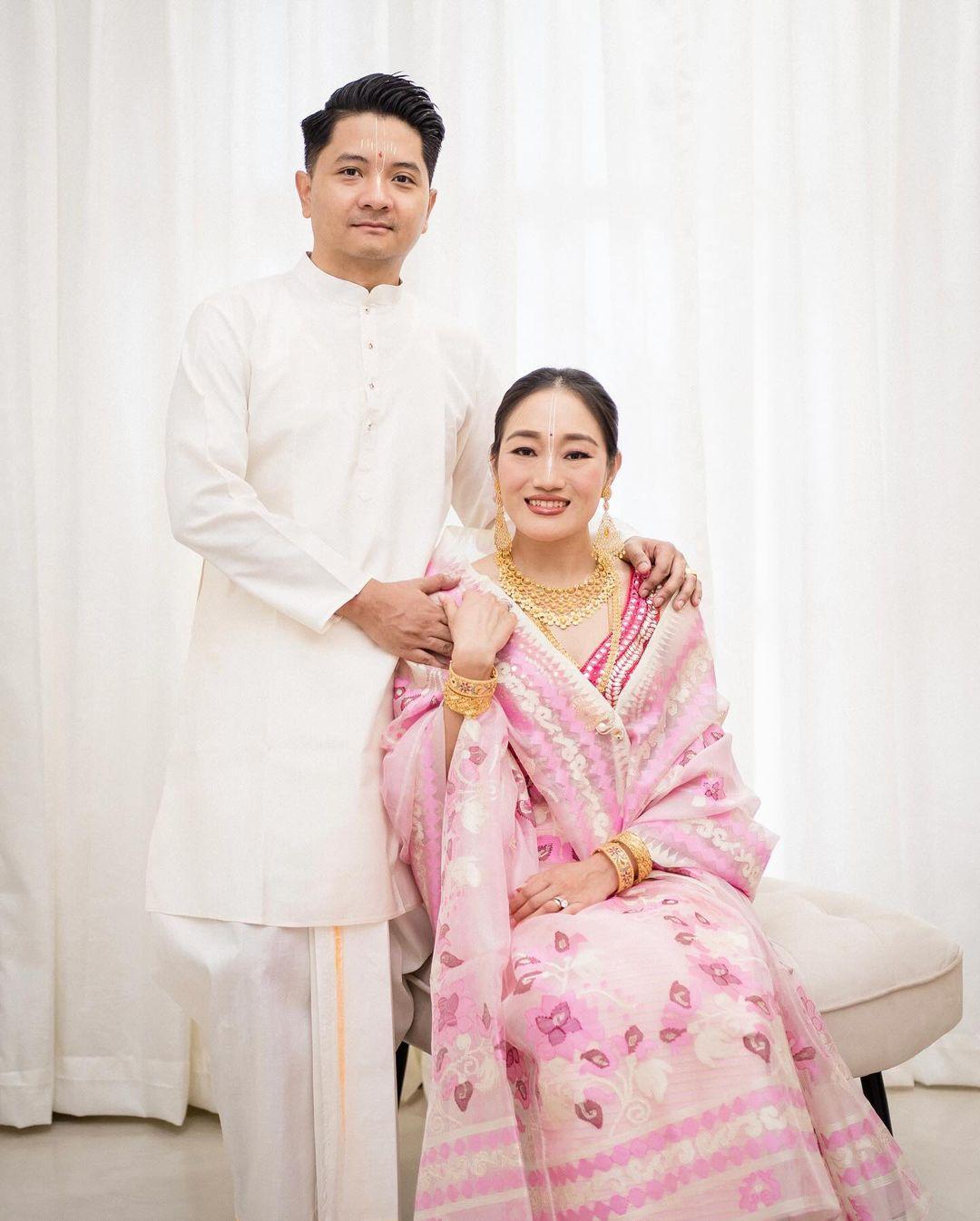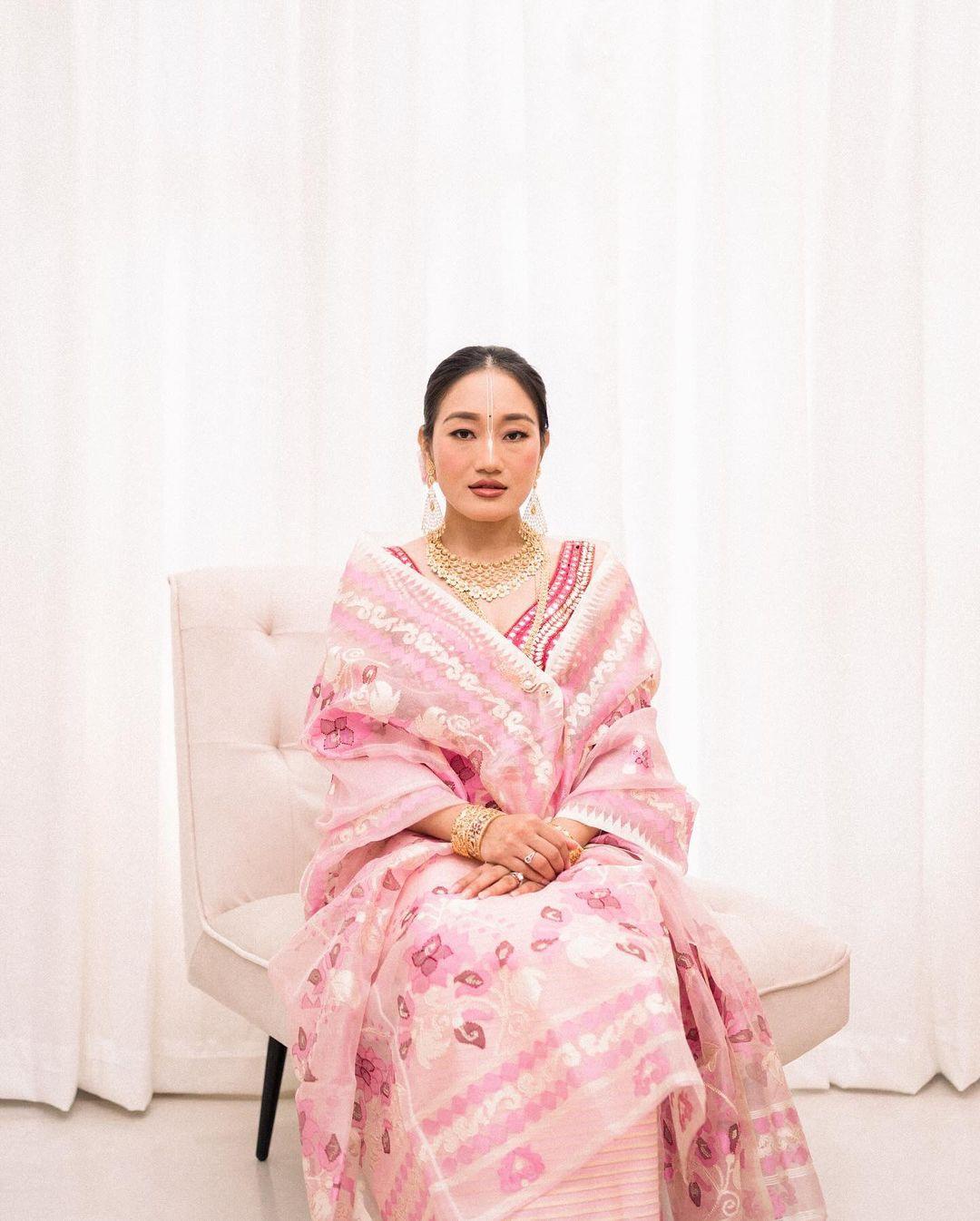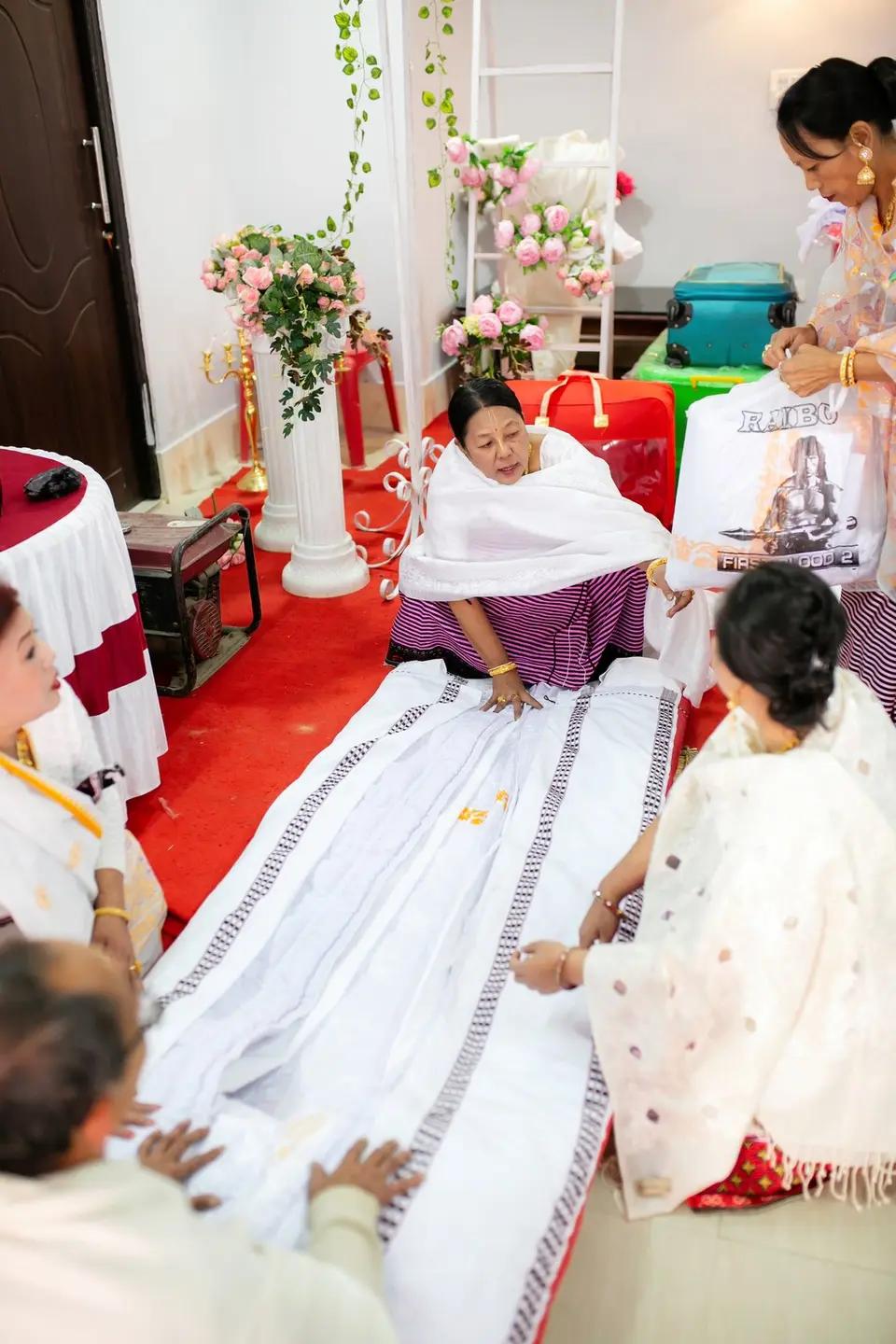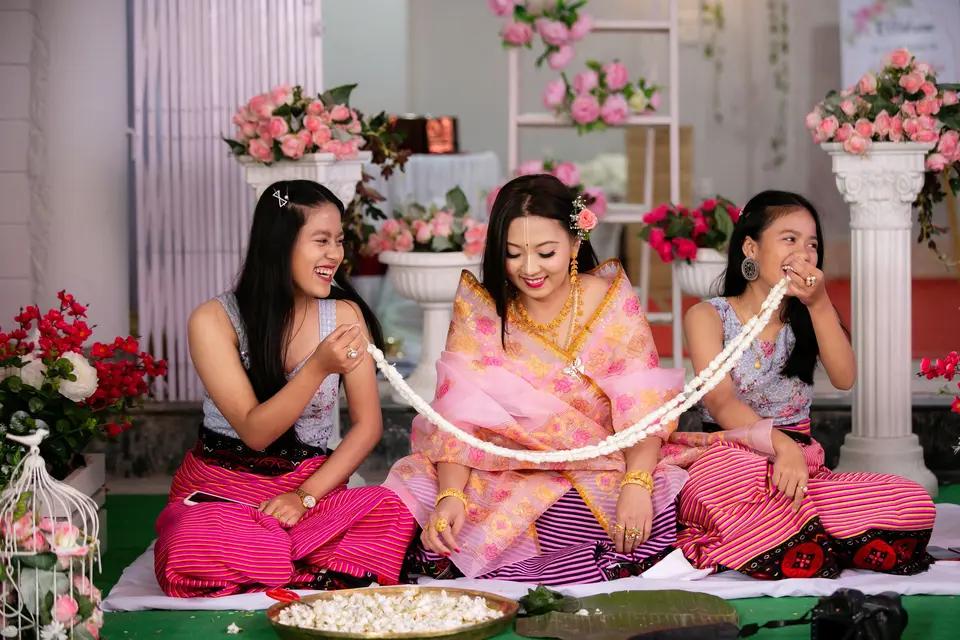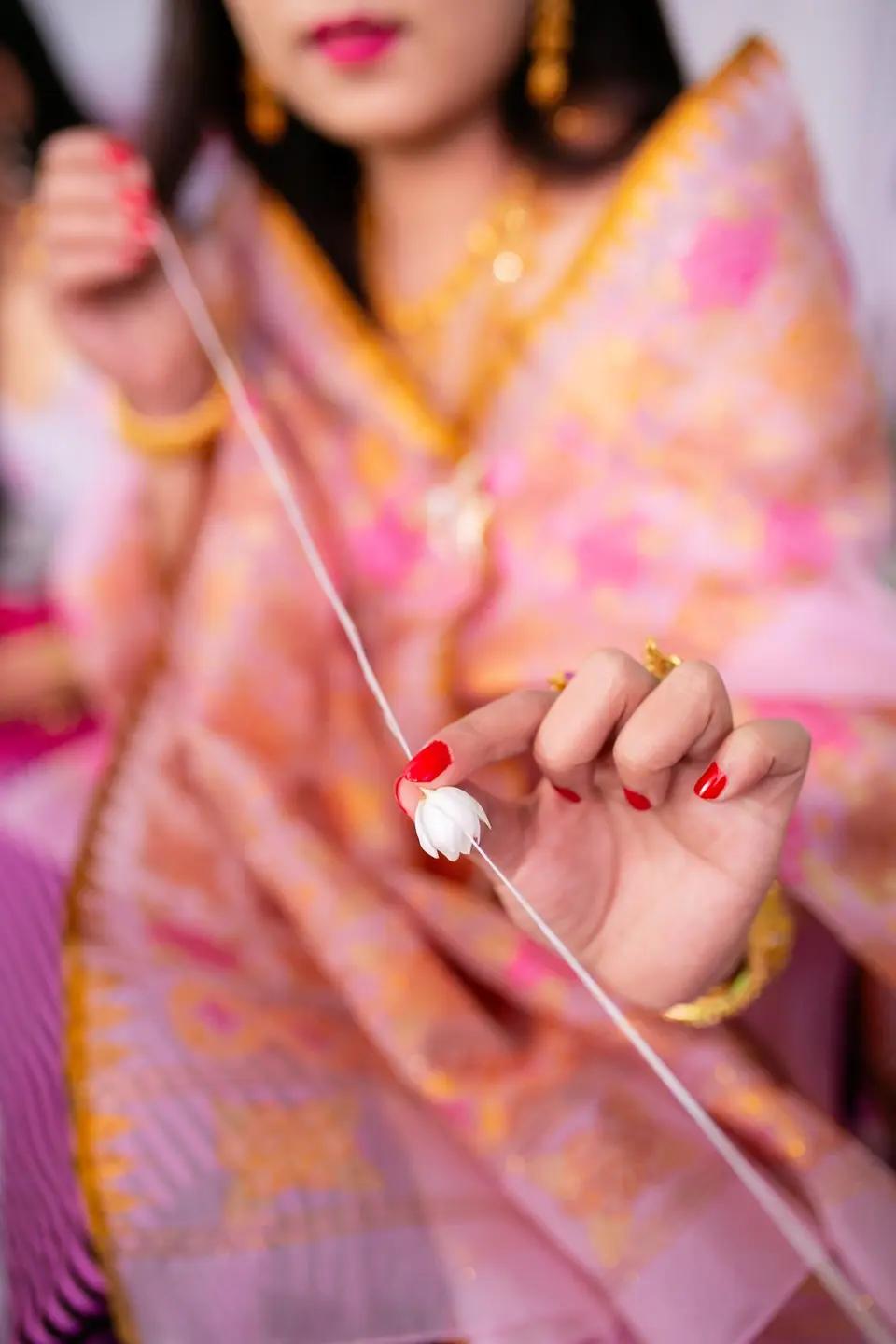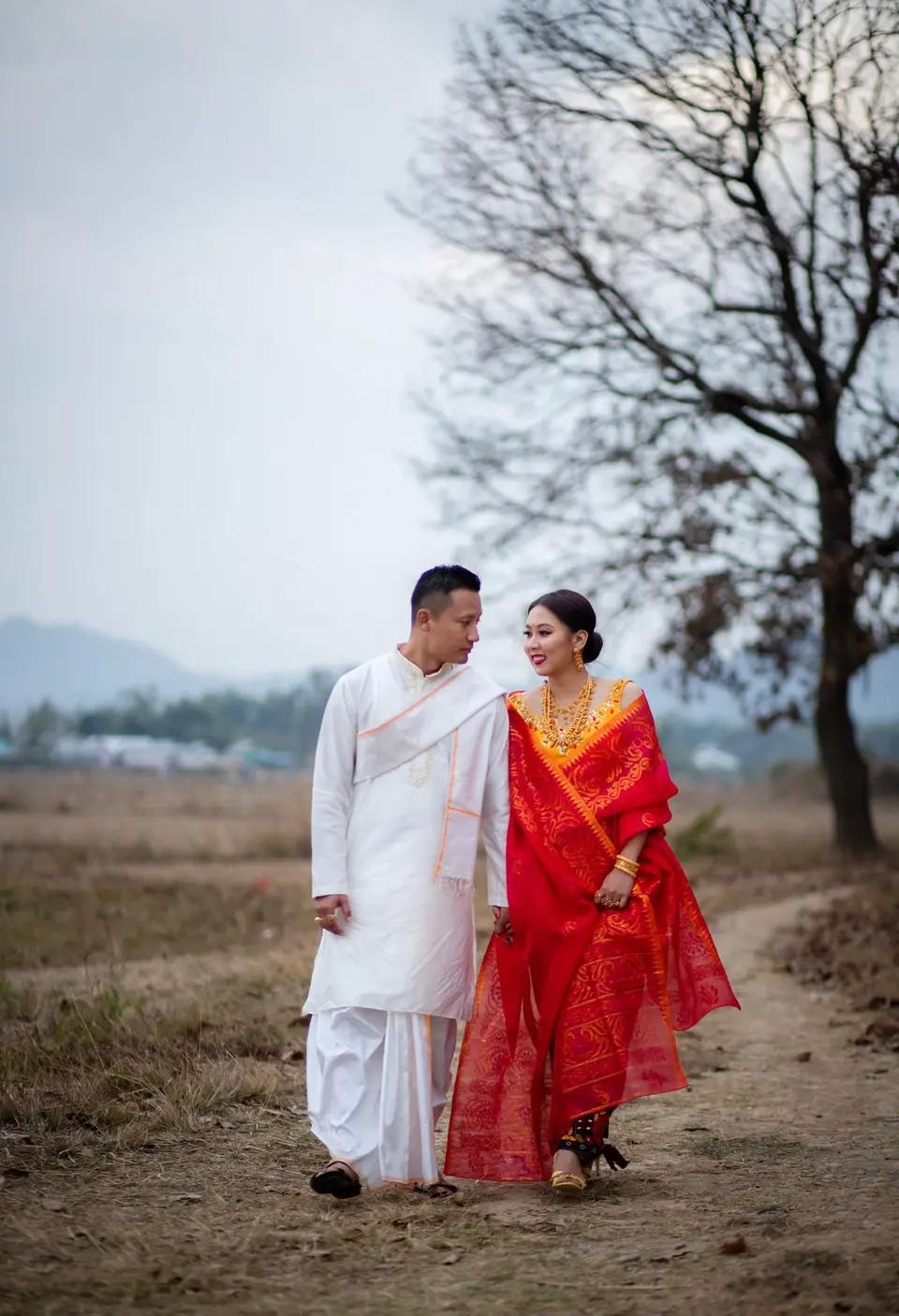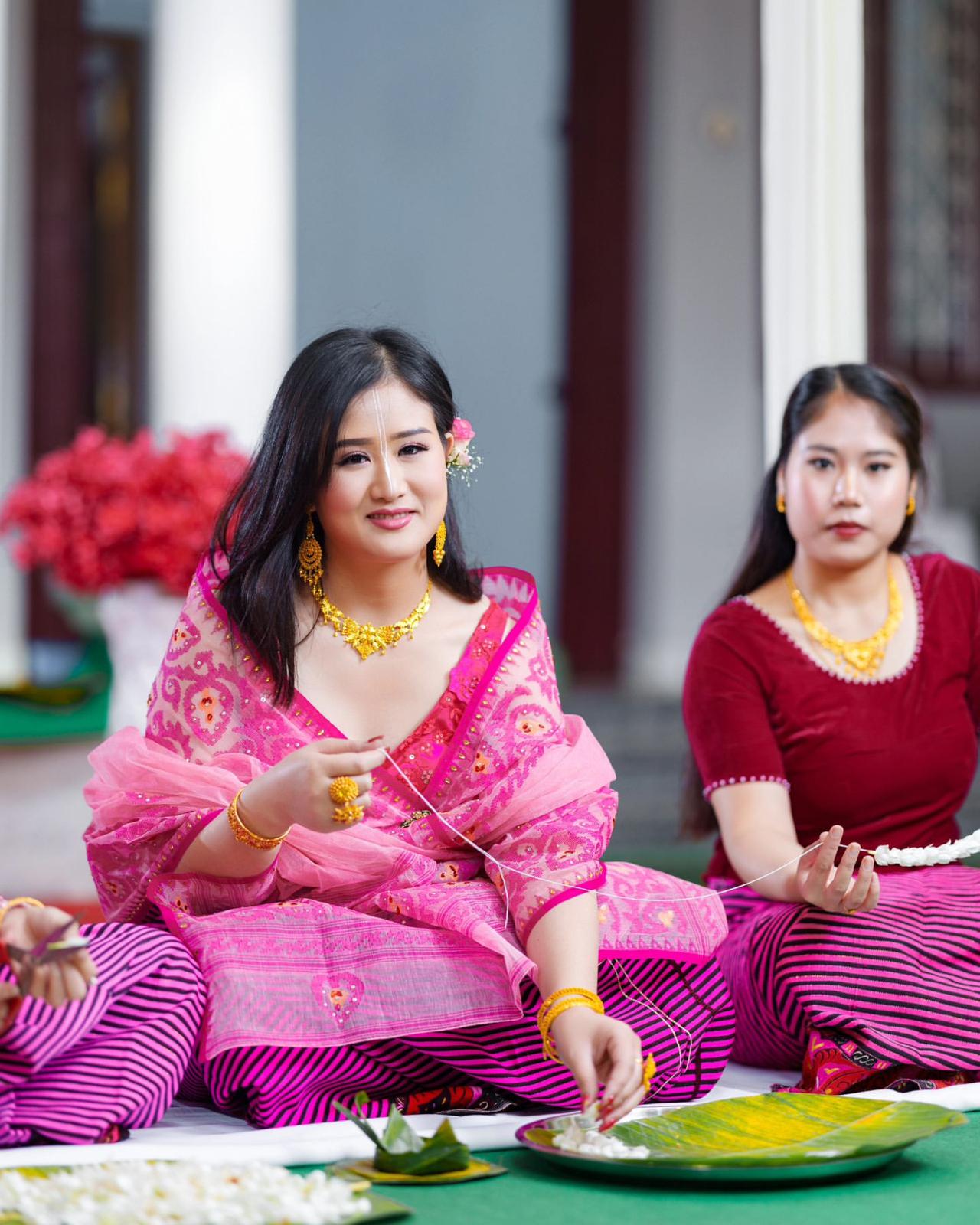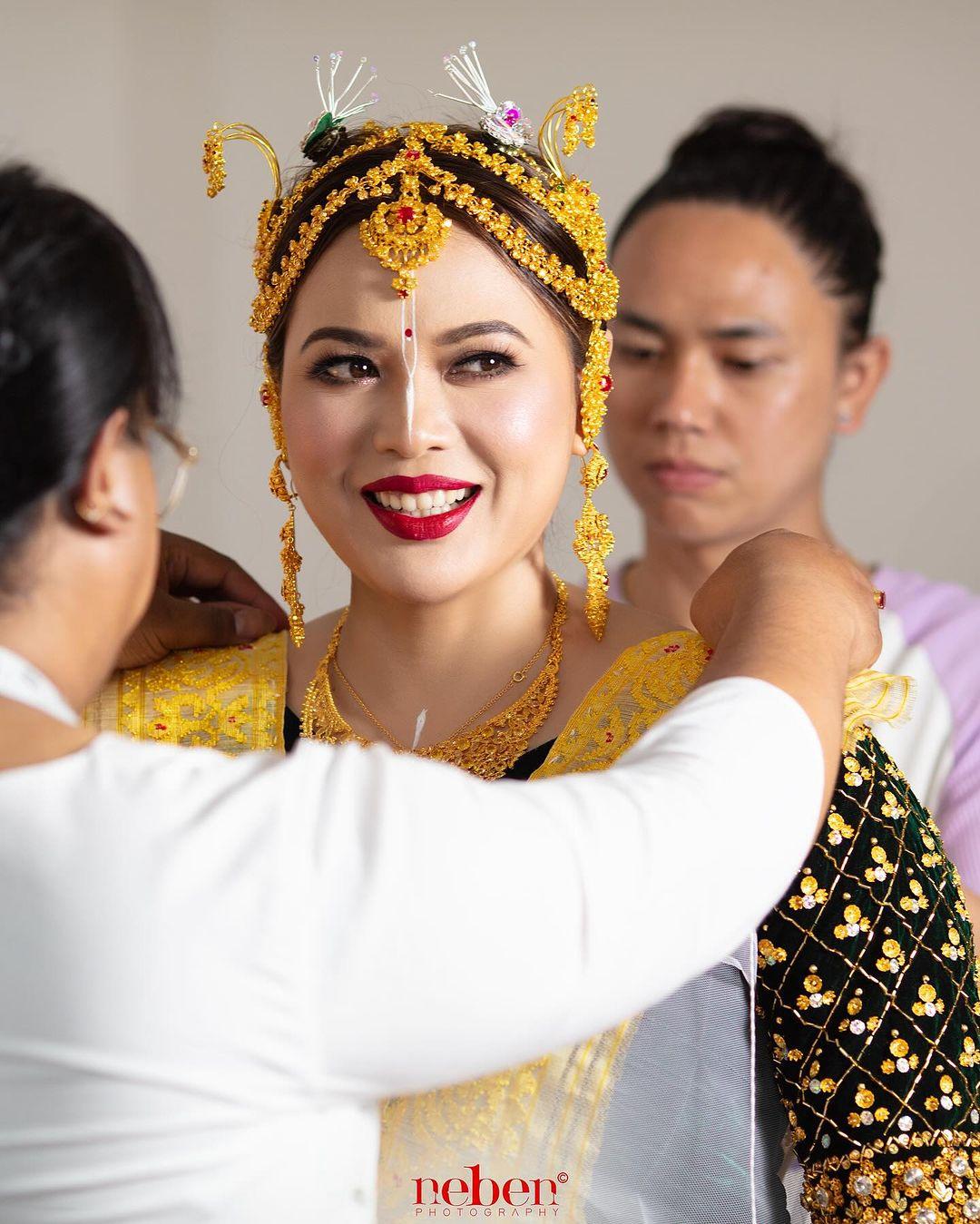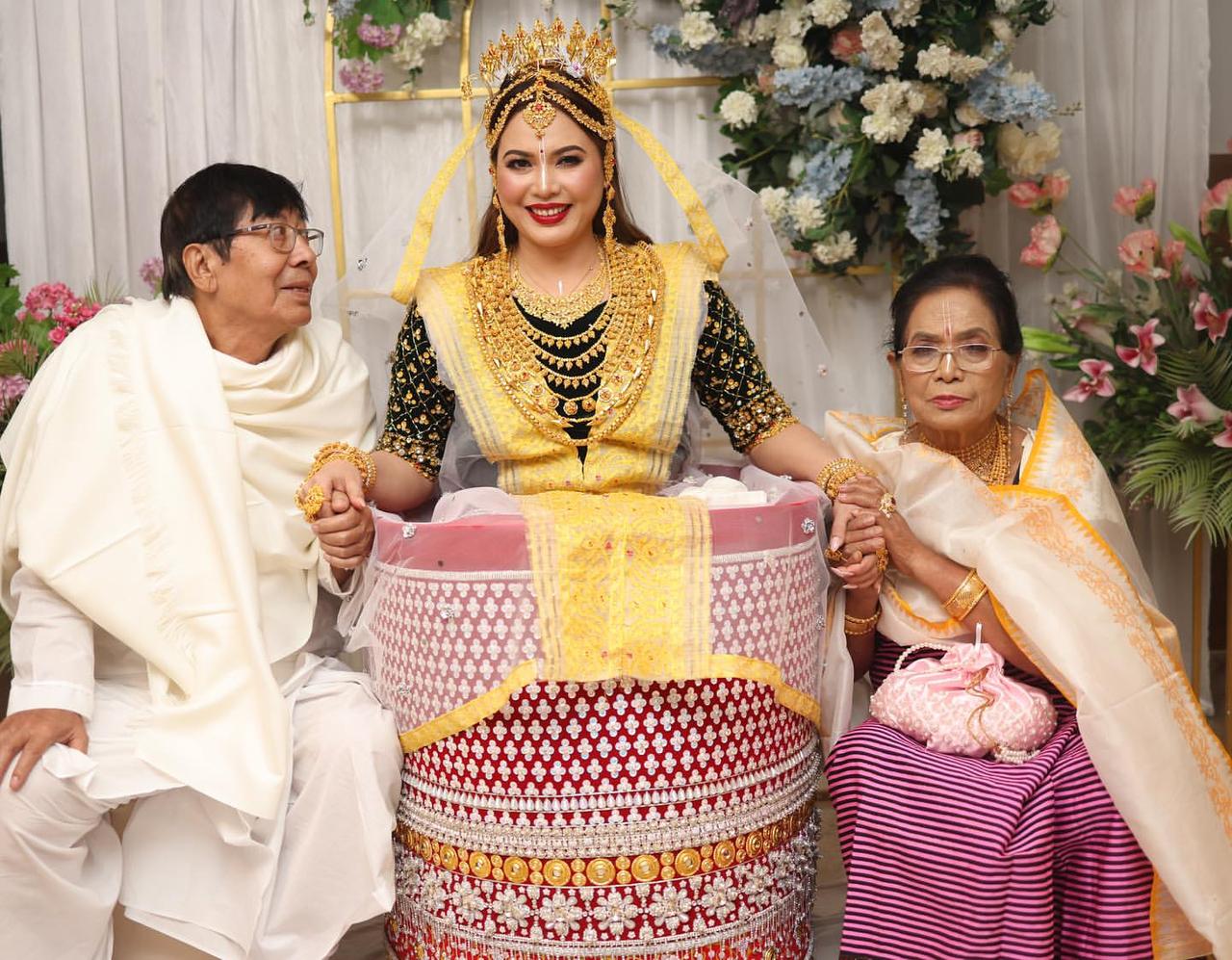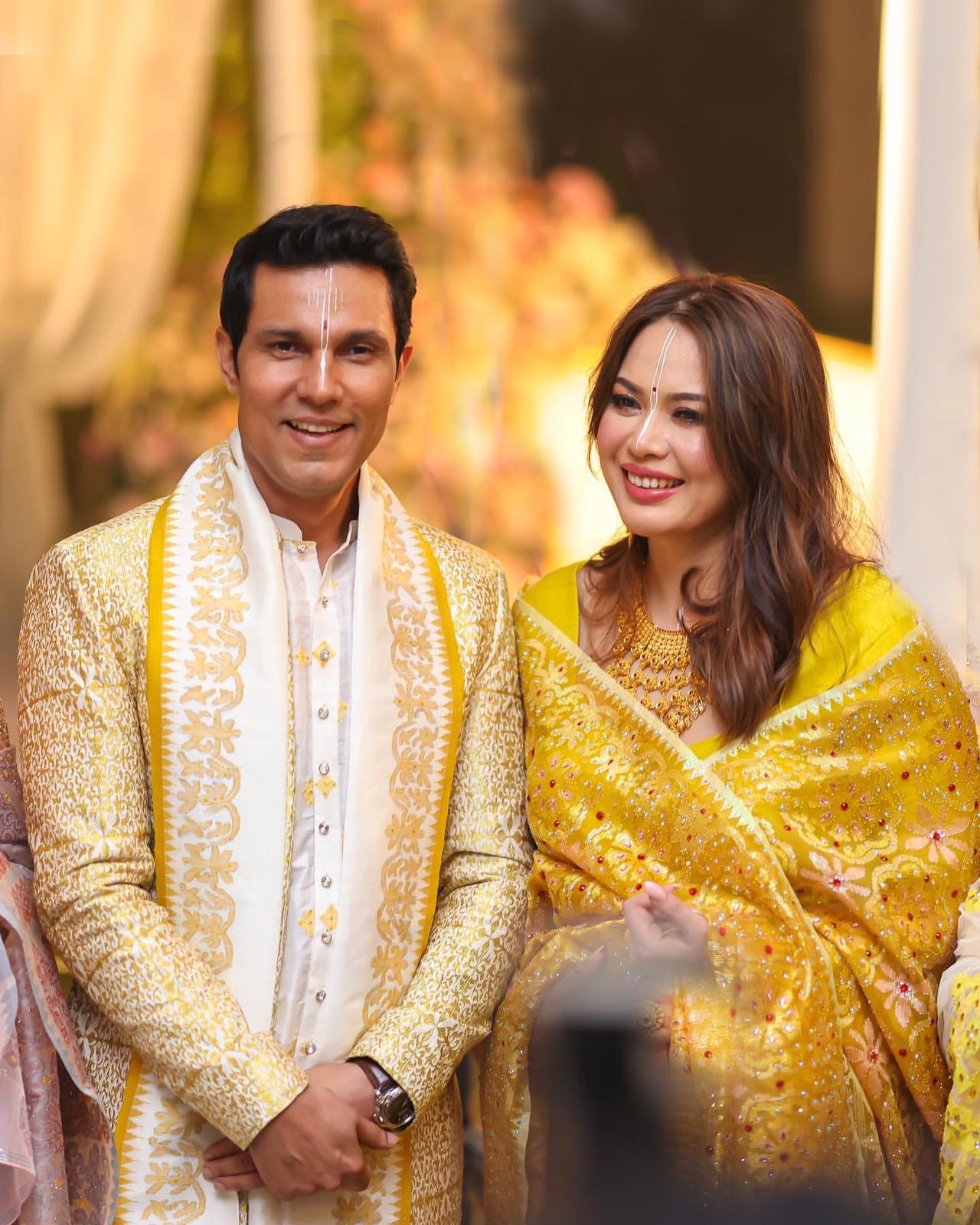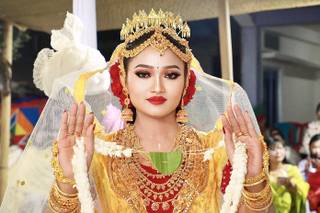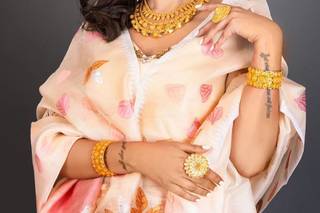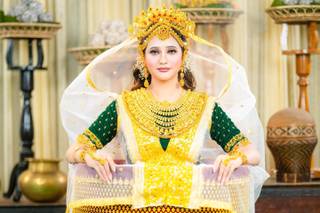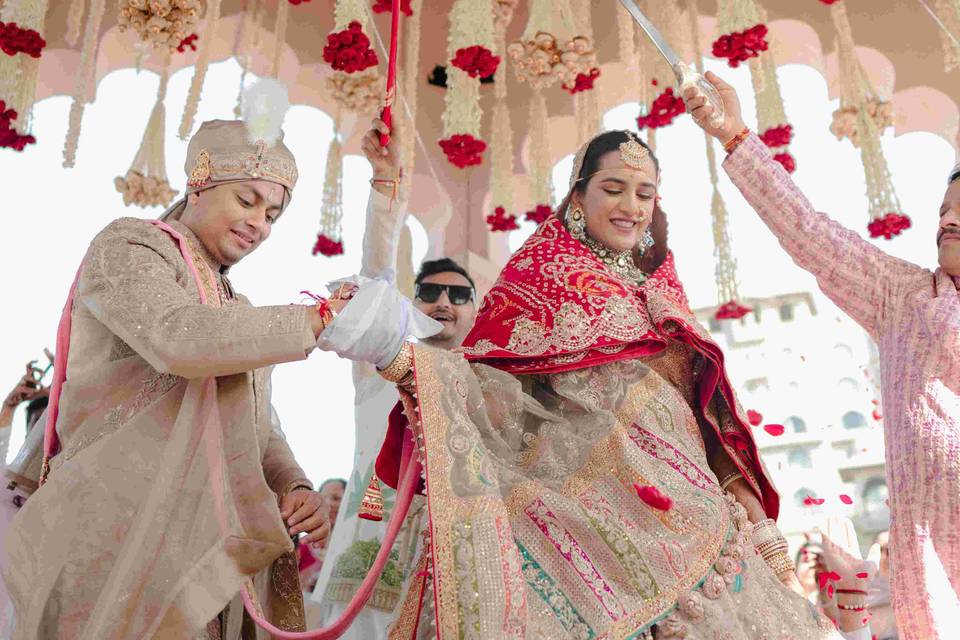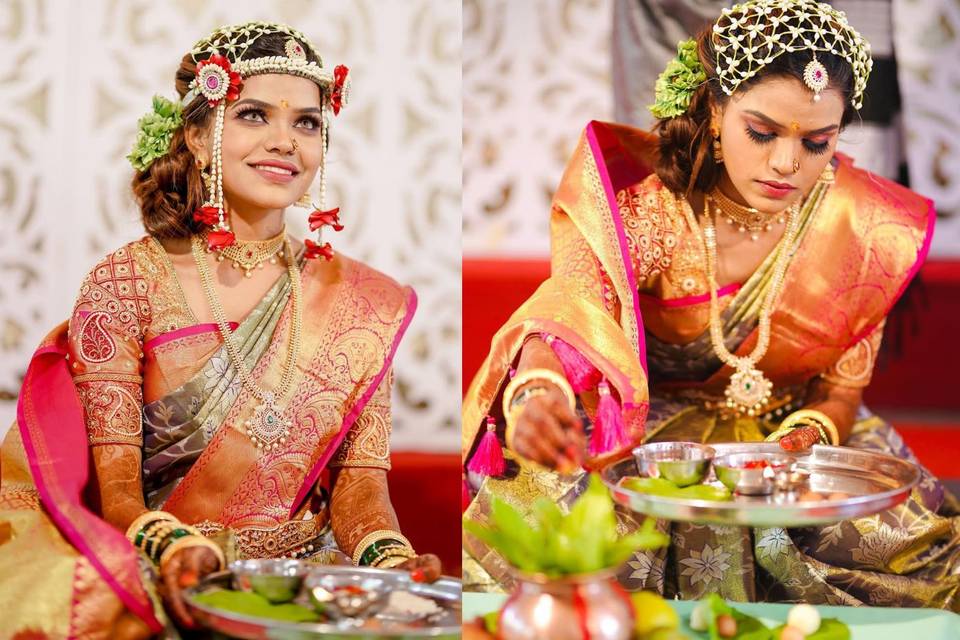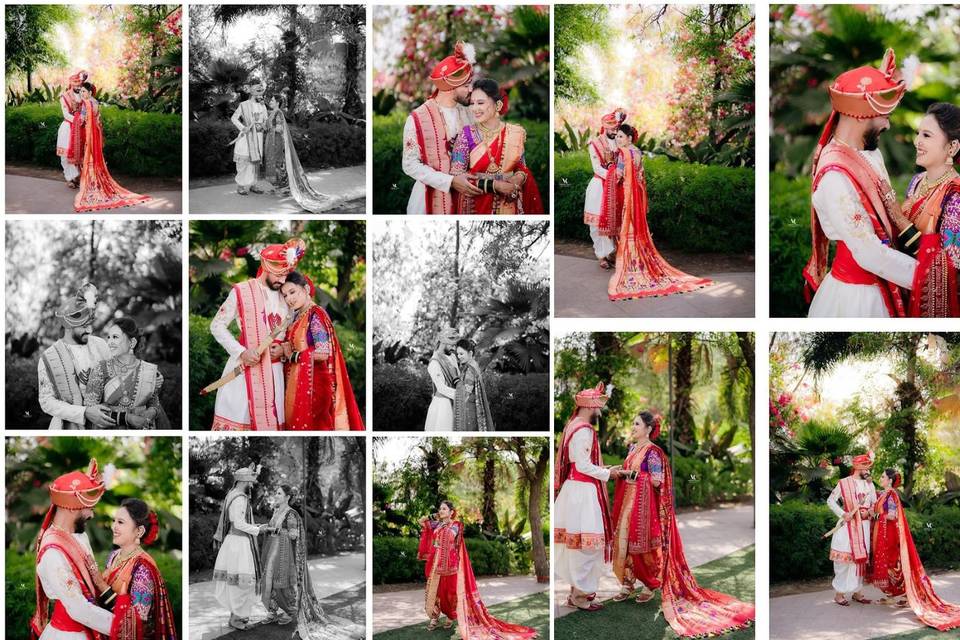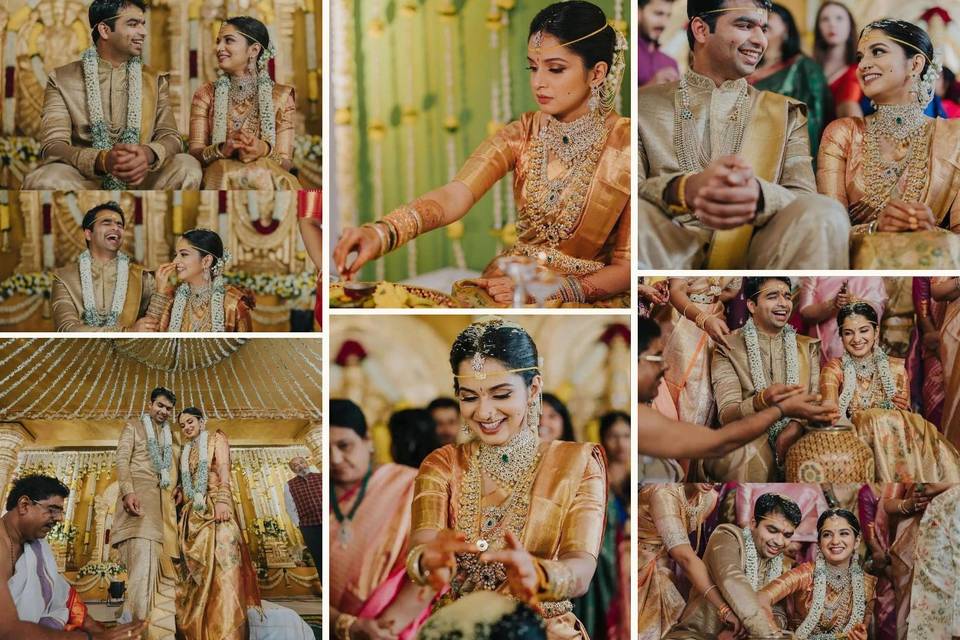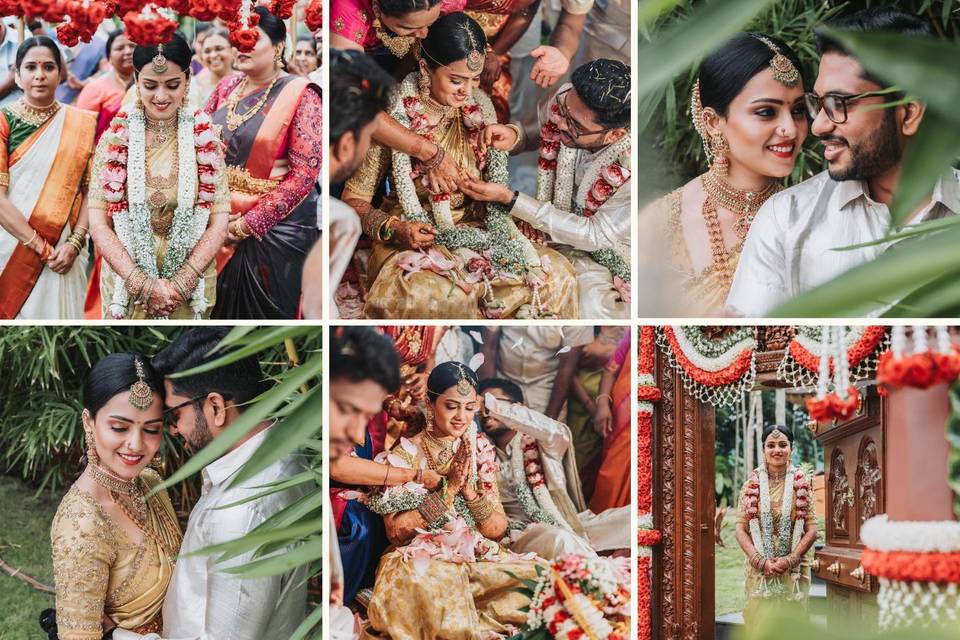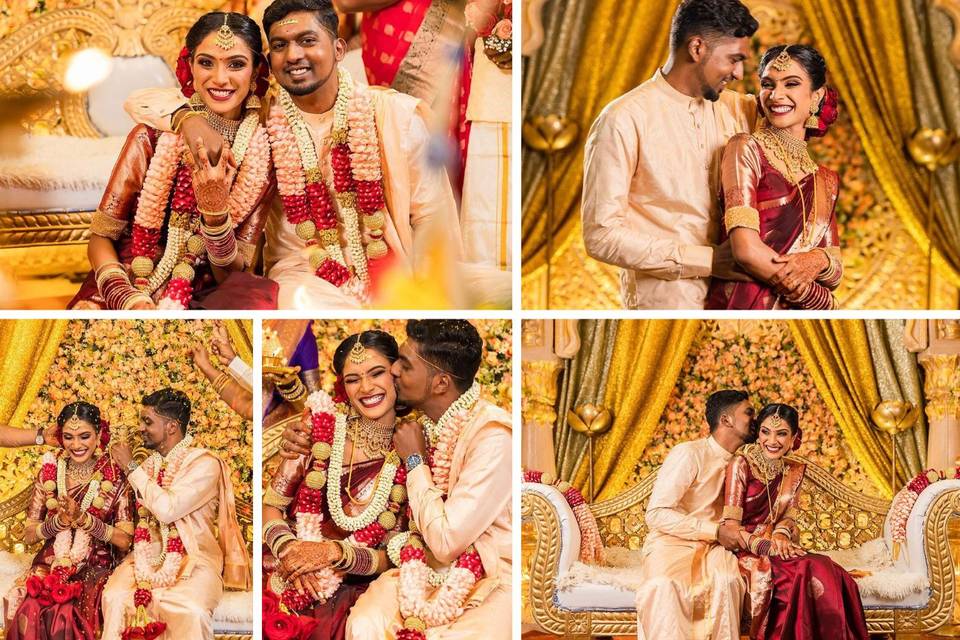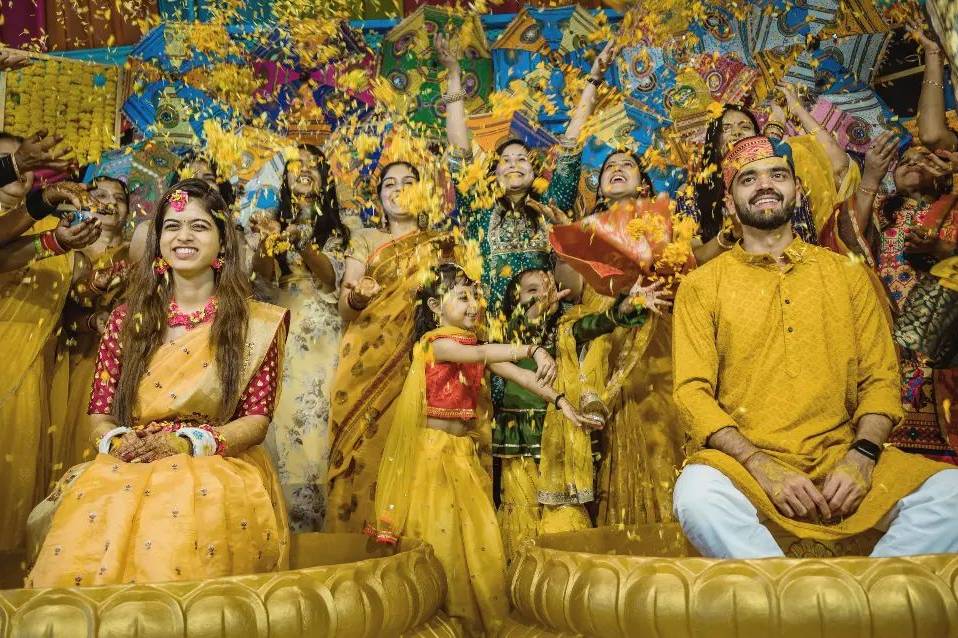Decoding Indian Weddings: Manipuri Wedding Rituals
Here is a detailed walkthrough of the mesmerising traditions of a Manipuri Wedding to help you better celebrate the culture. Read on to know more.
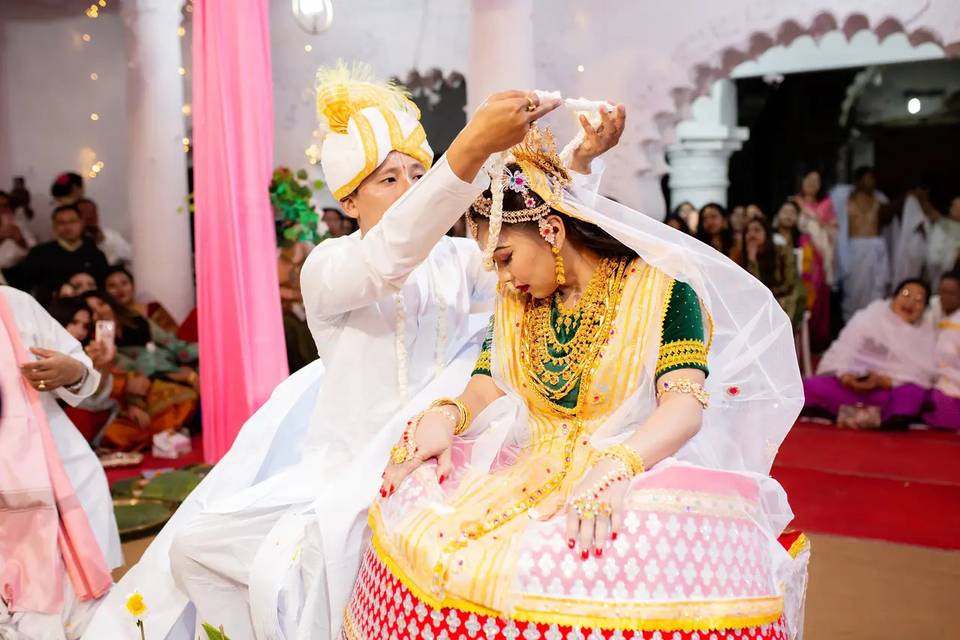
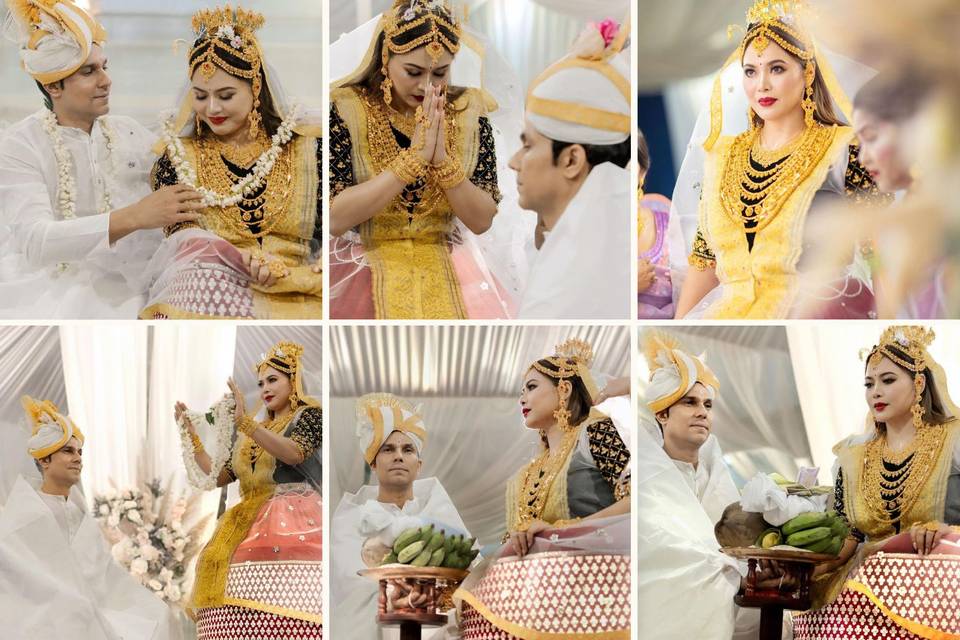
Photography: Cupcake Productions
Contributing Writer: Queenie Singh
Among the many gems India can be proud of, its deep-rooted cultural heritage is one of them. The colours of the varied cultures throughout our country are impeccable. To celebrate the charm of one of the most beautiful cultures in the northeast part of India, we are here to discuss weddings in Manipur in detail.
The breathtaking natural beauty of Manipur, the world-famous Raasleelas, and the classical dance of Manipur hold a very significant place on India's cultural map. As soon as you Google Manipuri weddings, the images that pop up on your screen will surely blow your mind—the spectacular jewellery, the stunning dresses, and the gorgeous brides.
In this article:
1. Manipuri Pre-wedding Rituals
3. Post-wedding Manipuri Rituals
Here is a detailed walkthrough of the mesmerising traditions of a Manipuri wedding, in all its glory and fun, packaged with love. Read on to learn more.
Manipuri Pre-wedding Rituals
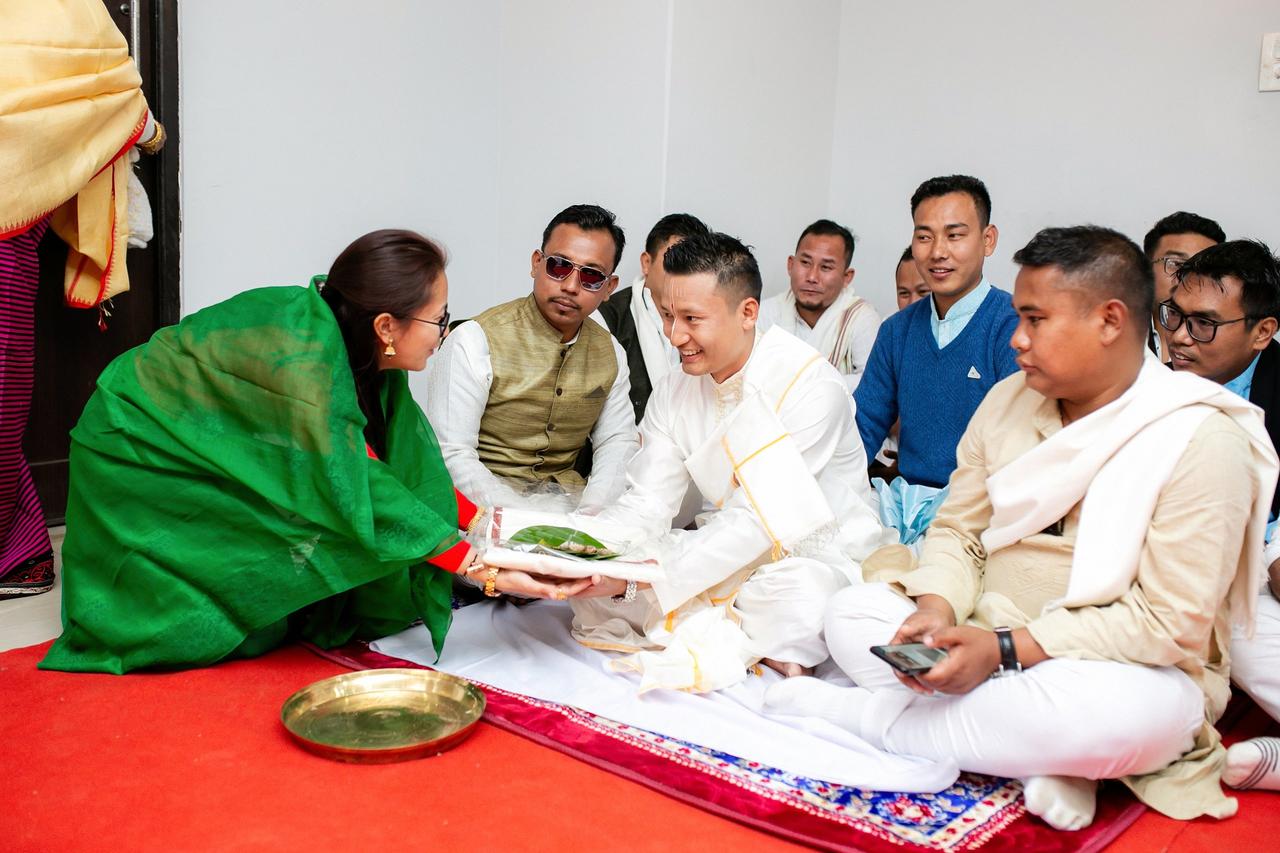
Like every Indian wedding ceremony, Manipuri weddings also kickstart their weddings with a host of pre-wedding ceremonies celebrated way before the wedding day. There are two types of weddings in Manipur - elopement and arranged marriage. In an elopement, 3, 5 or 7 male members of the groom’s family visit the bride’s family to inform them that their son has their daughter. After this formal ceremony announcing the girl’s family, the bride is brought into the groom’s house. Later in the evening, the bride steps out with the elderly female members of the groom’s family. The only difference between an elopement and an arranged social marriage is how the bride and the groom meet. An elopement is primarily where the bride and groom choose each other, and for an arranged marriage, the drill is typical of all.
The groom’s family visits the bride’s family thrice until the final date is fixed. The bride and groom’s families also decide what gifts to give to the Pala, the woman who sings Kirtans at the wedding.
Hinaba
A typical traditional or arranged Manipuri wedding starts with the Hinaba - the first formal meeting between the bride and groom’s family. Hinaba is more like a formal occasion than a ceremony where the groom’s family visits the bride’s house, and the to-be-wed couple’s horoscopes are matched. Once things are in place, the families promise to meet later.
Yathang Thanaga & Waraipot Puba
During the Yathang Thanaga, the bride’s family (mostly her parents) visits the groom to consent to the wedding formally. This is followed by the Waraipot Puba, where the groom’s family visits the bride’s family to reciprocate the reverence and joy. Food items and other gifts almost always accompany these ceremonies.
Hejiapot
The Hejiapot ceremony is also the formula engagement ceremony in Manipuri culture. In the Hejiapot ceremony, the groom’s family visits the bride with food, gifts, fruits, jewellery, and clothes. They also carry the ring that the groom and bride wear. In comparison to a typical engagement ceremony, the twist to this ceremony is that the bride and groom never meet before the wedding ceremony, so the Hejiapot is celebrated between the elders of both families. After the ceremony is celebrated, the priest announces the wedding date. The groom’s family leaves the place, and at night, this Hejiapot continues to a party where the bride celebrates with her family and friends.
Bor Baton & Leilenga
This ritual in the Manipuri culture involves a young boy going to the groom’s house to invite him to the wedding early on the morning of the ceremony. While this occurs at the groom’s home, the Leilenga co-occurs at the bride’s house. In Leilenga, the bride weaves two garlands - for herself and the groom, in the presence of the priest who chants holy prayers for their blissful married life. These garlands are made of a particular flower called Kundo in the local dialect. The bride has her last lunch with her parents after this.
Top Wedding Photographers from North-East
Manipuri Wedding Rituals
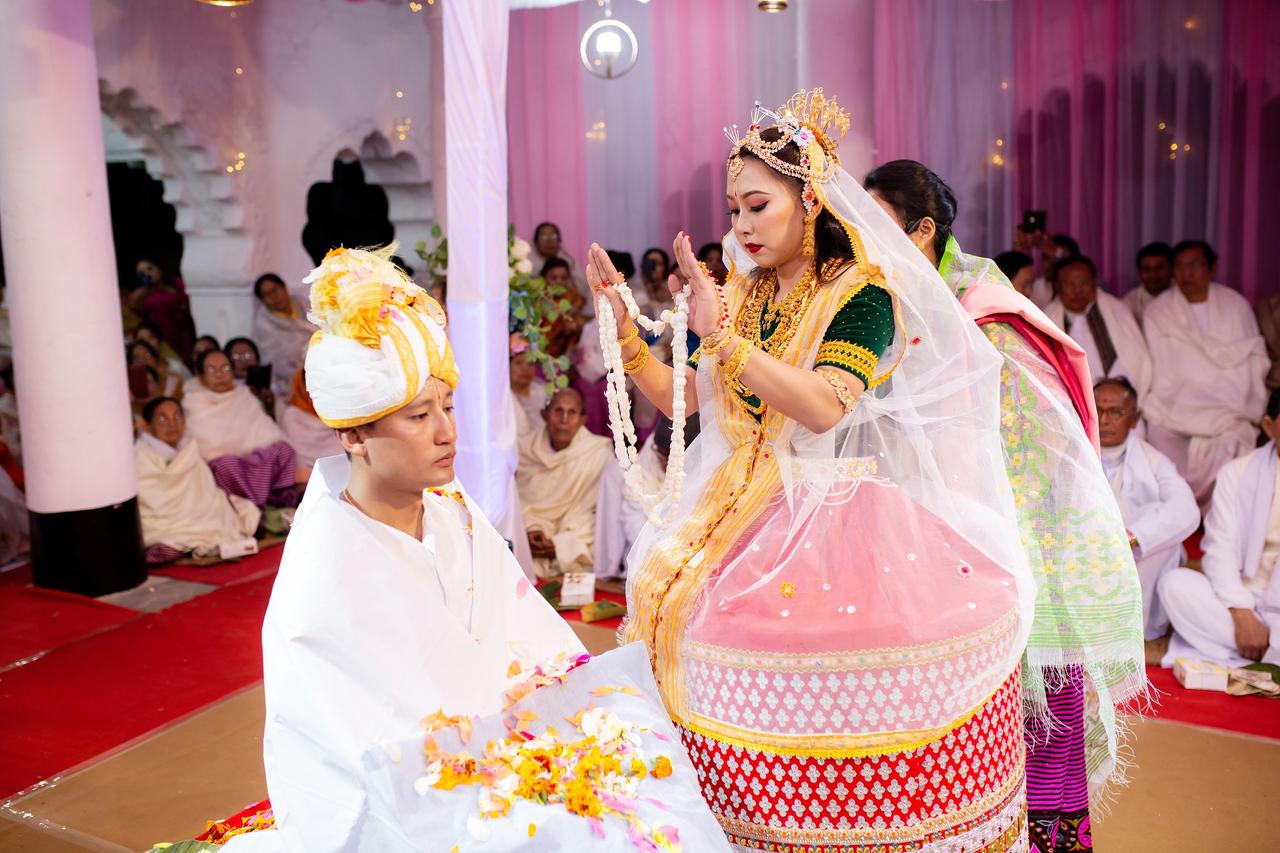
Manipuri weddings take place at the bride’s house. The ceremony begins with the groom and his family arriving at the bride’s house and being greeted by three female elder members of the bride’s family. The groom’s family is greeted with betel leaves and betel nuts on a plate covered with banana leaves. The wedding mandap, or seating arrangement, is made around a tulsi plant, and even the following ceremonies are centred around the tulsi plant. The groom sits with the priest as he chants the prayers, and the bride is called later. The bride and groom put their hands on each other’s hands, and the bride’s mother binds it with thread and blesses the couple with a plate with a coconut, banana, betel leaf, and betel nut. Once the bride’s mother blesses the couple, the other elders bless them, too, giving money on the plate. The bride takes seven circles around the groom, who is seated, and the bride and groom exchange the garlands.
Post-wedding Manipuri Rituals
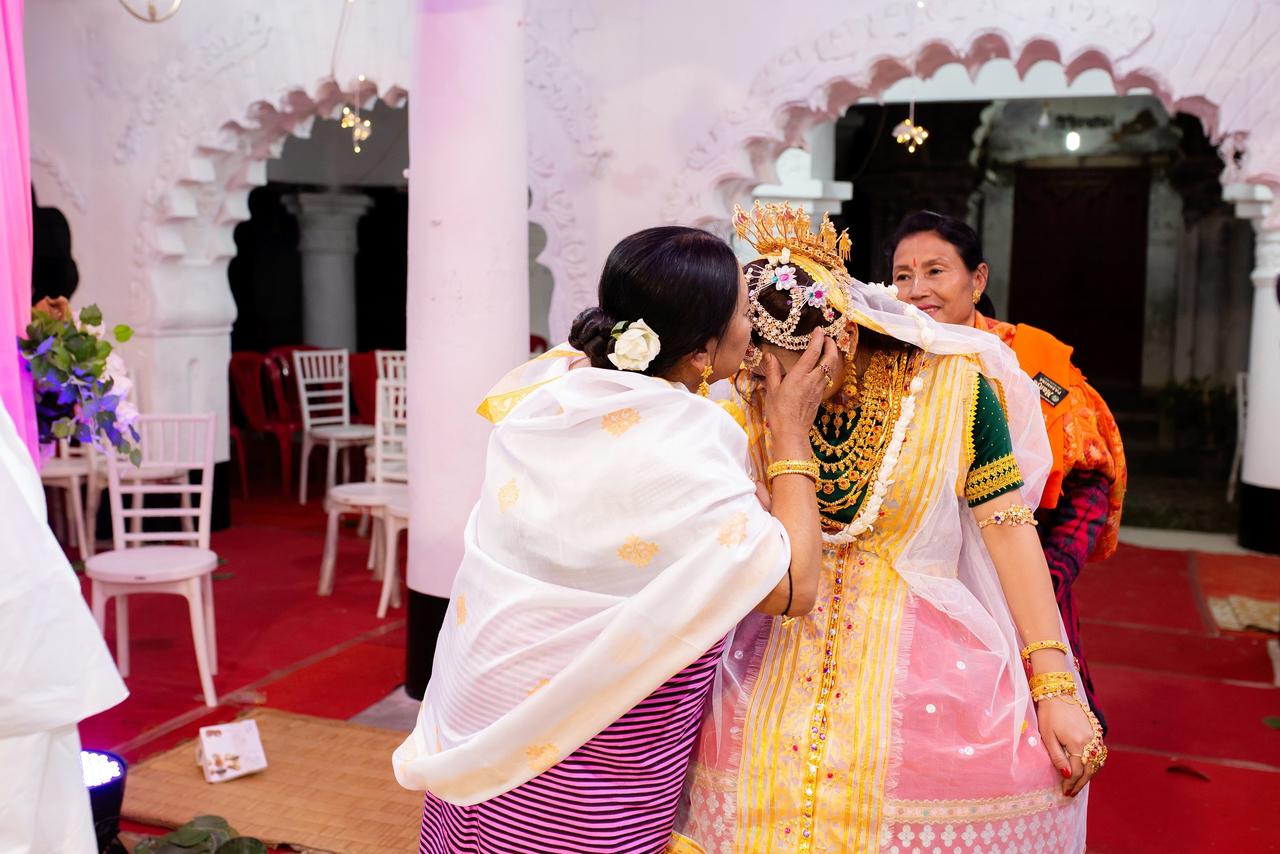
Following the wedding, three members of the bride and groom’s families come to bless them with betel leaves and nuts, turn by turn, followed by the Vidaai ceremony.
This ceremony is followed by a ceremony at the groom’s house, where the bride’s uncle performs a ceremony called Phamnando. The bride carried two beds to her in-laws—one single and one double. The single bed plays a vital role in the ceremony, where the uncle puts his hand on it to bless her for a blissful, fertile life. The bride is seated on the bed where the other elders come and give blessings to her. This is often followed by a joyous meal/reception. However, the traditional reception happens five days later when there is a feast at the bride’s house called Chaoba.
Manipuri Wedding Dress
Every place you visit has its own culture and speciality that will stand out. Each place has its individual charm and traditions ingrained in the culture, and these differences make these cultures all the more beautiful. Similarly, each region has its unique attire, which people wear during their marriage functions. Manipuri dress for their wedding functions is no different. You can choose from some dresses you might wear for your wedding. Each Manipuri dress is unlike the other in the sense of looks, accessories, or even based on a different religion. While the bride is all decked up, the groom wears a plain, simple dhoti, a kurta, and a turban with a shawl. He is covered in a plain white shawl during the wedding as a mark of purity and serenity. So look carefully at what you can wear for a Manipuri wedding.
Potloi

If you want to get up in an entirely traditional outfit as a Hindu bride, then Potloi should be your first choice. As traditional Manipuri dress goes, there is nothing more festive and striking than a Potloi. This cylindrical skirt can be seen in green and pink, but mostly red. It also has bold traditional motifs and is decorated with geometrical figures done in sequins, studs and decorative stones. The Potloi skirt matches a blouse made in rich fabrics and Innaphi. The whole combination of a Potloi is unique and makes the bride look incomparable to the others. The bride wears a traditional Rasleela dress for her wedding function. Being ardent followers of Radha and Krishna, the drum-like Manipuri bridal dress, Potloi, has significant religious motifs hand-embroidered by skilled traditional weavers and has been done for ages. Most millennial brides prefer to rent the Potloi and the jewellery. Some brides, however, plan to make their own sets.
Innaphi

Image Credit: Bandana Wahengbam
It is not a complete Manipuri dress, but an Innaphi is so mainly Manipuri that it had to be added. This cloth is used to wrap your upper body. It could be called a Manipuri shawl. Unlike most traditional clothes, this shawl is done in soft pastel colours rather than bold colours and is semi-transparent. This makes the shawl look even more elegant and gives the wearer a poised look. Though people have started to get Innaphi done in the colours they want, it still holds to be an essential garment in your wedding trousseau. It is often paired with Potloi, which can also be a part of your wedding dress.
Phanek
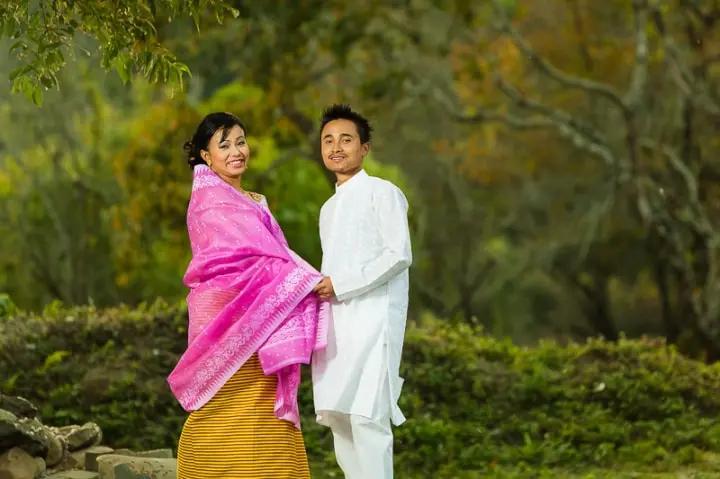
Phanek is a sarong, a wrap-around skirt worn by women, though not like the regular sarong. It is hand-woven using cotton silk and other fabrics. You would find them block printed in either flat colours or with stripes. It is worn with a blouse and an upper cloth and could be known as an equivalent to a northern saree. Since Phaneks are used like skirts, they are not semi-transparent. These come in various colours, making them as diversified as sarees. These can be worn at other smaller functions of the Manipuri wedding or a pre-wedding photoshoot if you want something traditional.
Mayek Naibi

Image Credit: Pinterest
Want to wear something a little fancier than your average Phanek? Then it would help if you went for Mayek Naibi. These are a Phanek variant but should be worn on special days or for traditional functions. Though very similar to Phanek, this Manipuri dress is a bit more lavish in that the bottom portion of Mayek Naibi is either heavily embroidered or embellished with studs. These give a more prosperous and ethnic look, as they come in primarily traditional colours, unlike your usual Phanek. These can also be worn as wedding dresses or for small functions.
Lai Phi And Chin Phi

These are another variant of Phanek in Manipuri dress. Lai phi is a striking white cloth bordered with yellow, and chin phi is a blouse paired with a delicately embroidered Phanek. These can also be worn on wedding days or for other functions, like Leilenga.
Wedding Gown

Image Courtesy: Pinterest
Now, if you are a Christian getting married, the Manipuri dress you want to wear is a gown. The fantastic thing about a gown is that it can be any cut you want. If you want something sober or if you want something risqué, it can be anything you want it to be. Though people nowadays opt for other colours, like ivory or off-white, the pristine white is still their hot favourite. For Christian brides, a gown might be the only choice, but the amount of different designs one can get never makes it feel repeated.
Manipuri Wedding Jewellery

Manipuri weddings are a beautiful blend of tradition, culture, and elegance, and at the heart of every Manipuri bride's bridal attire is her exquisite jewellery. Manipuri wedding jewellery is rooted in centuries-old customs and crafted with intricate details, adding grace and heritage to the bride’s look. In this blog, we will dive deep into Manipuri wedding jewellery, exploring the different types, how they’re styled, and the traditions that make them unique. Manipuri brides take pride in adorning themselves with traditional jewellery that reflects their culture and heritage. From the engagement to the wedding day, each piece of jewellery tells a story of craftsmanship and love, often with designs passed down through generations.
Manipuri brides typically choose jewellery that complements their traditional attire, the Potloi, a richly decorated skirt worn during the wedding ceremony. For functions like the engagement or the reception, Manipuri brides also incorporate gold and silver ornaments that showcase intricate motifs of flowers, leaves, and religious symbols. These pieces are not just embellishments but are seen as an integral part of the bride’s identity and status.
Types of Manipuri Wedding Jewellery
Manipuri wedding jewellery is renowned for its unique blend of local craftsmanship and traditional designs. Each piece carries its cultural significance, with some of the most popular types of jewellery being:
1. Matha Patti and Tiara - The Manipuri bride often wears a traditional headpiece, known as Matha Patti, or a tiara-like ornament that adds regal elegance to her appearance. These headpieces are often adorned with intricate detailing, gold embellishments, and sometimes pearls, symbolising purity and prosperity.
2. Kontha - One of the most significant pieces in Manipuri wedding jewellery is the Kontha, a beautiful necklace made from gold, pearls, or beads. Its large and bold design complements the richly embroidered bridal attire and signifies the bride’s connection to her family’s heritage.
3. Khubak Isei—This traditional Manipuri bangle is another essential piece of jewellery for the bride. Usually crafted from gold or silver, It is worn in multiples and often gifted to the bride as part of the wedding dowry. These bangles symbolise unity, prosperity, and the everlasting bond between the couple.
4. Earrings and Nose Rings—Manipuri brides often wear large, circular earrings called Thappa, which are crafted in gold or silver and intricately designed with floral motifs. They also wear a traditional Nath, a delicate nose ring that adds elegance to their bridal look.
5. Anklets—Another traditional element of the bridal ensemble is the Payal, a set of anklets that jingle softly as the bride walks. These are often crafted from silver and symbolize the bride's grace and femininity.
How Manipuri Wedding Jewellery is Styled with Traditional Outfits
Manipuri wedding jewellery is beautifully paired with the bride's traditional attire, such as the Potloi or Phanek. The Potloi is a cylindrical skirt wrapped around the bride, heavily embroidered and adorned with layers of fabric and ornaments. Brides often pair the richly embellished Potloi with gold jewellery to enhance its grandeur. For other wedding-related functions, the bride may opt for simpler sarees or Innaphi, a traditional Manipuri wrap, and style them with gold jewellery that has intricate, minimalistic designs. Whether for the engagement or the reception, Manipuri brides typically choose jewellery that harmonises with the colour and design of their outfits, ensuring a cohesive and regal look.
Wedding Customs and Traditions Around Manipuri Wedding Jewellery

Image Credit: Akash Nongthombam
Manipuri weddings are steeped in tradition, and jewellery plays a significant role in various rituals. During the Luhongba or the wedding ceremony, the bride is often gifted jewellery by her parents and in-laws, symbolising their blessings and the continuation of family traditions. This jewellery is often handed down through generations, making heirloom pieces a cherished part of a Manipuri wedding.
Many families pass on specific pieces like the Kontha or Khubak Isei, which hold sentimental value and represent the legacy of the bride’s ancestors. These heirloom jewels are meticulously cared for and polished before the wedding, adding a layer of emotional depth to the bride’s attire. Moreover, the number of bangles or the type of earrings worn by the bride may have symbolic meaning, representing good fortune and the hope for a prosperous marriage.
In Manipuri weddings, there is a significant emphasis on locally crafted jewellery. Artisans, often from the bride’s own community, craft delicate and detailed pieces that carry the essence of Manipuri culture. Handcrafted jewellery is not only beautiful but also supports local craftspeople, ensuring that these traditional skills are passed down through generations. Heirloom jewellery is also a common element of Manipuri weddings, with families often passing down treasured pieces like gold necklaces, bangles, or headpieces. These heirlooms are not only valuable in terms of material but are also imbued with family history and tradition, making them incredibly special for the bride.
Manipuri wedding jewellery is more than just an accessory – it’s a symbol of culture, tradition, and familial love. Whether passed down through generations as heirlooms or locally crafted by skilled artisans, these beautiful pieces hold deep meaning and significance for the bride and her family. From the stunning Kontha necklaces to the intricate Matha Patti, Manipuri bridal jewellery offers brides a way to celebrate their heritage while adding elegance to their special day. When styled with the traditional Potloi or Innaphi, each piece of jewellery elevates the bride’s look, blending modern elegance with cultural significance. For brides who wish to honour their traditions while making a stunning style statement, Manipuri wedding jewellery is the perfect choice.
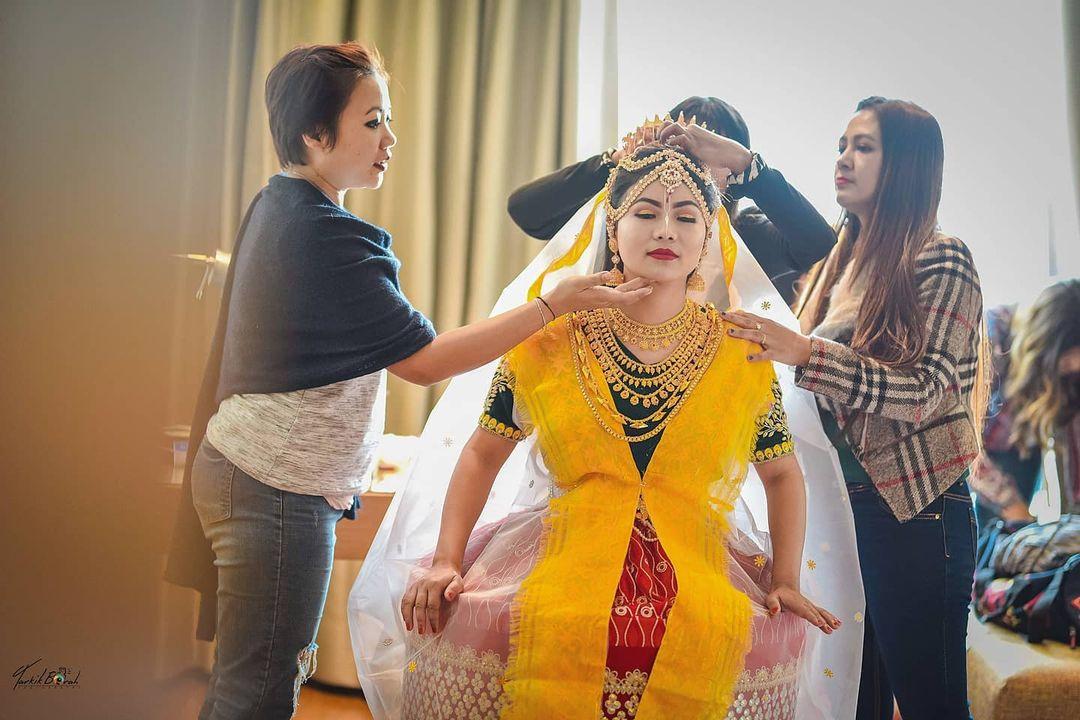
Likhom is the long necklace and apart from that the brides flaunt two different sets of Merei and must be included in the bride’s attire. There is also a headgear that the brides must wear.
Manipuri wedding celebration with all the traditions and ceremonies is a series of enchanting moments that will give you memories forever. Right from the betel leaf and betel nut to the Potloi - every element involved in a Manipuri marriage ceremony is sure to make you feel absolutely wonderful and at the same time blow your minds away.
- With valuable inputs from Apui Sapam.
Decoding Indian Weddings with WeddingWire India:


